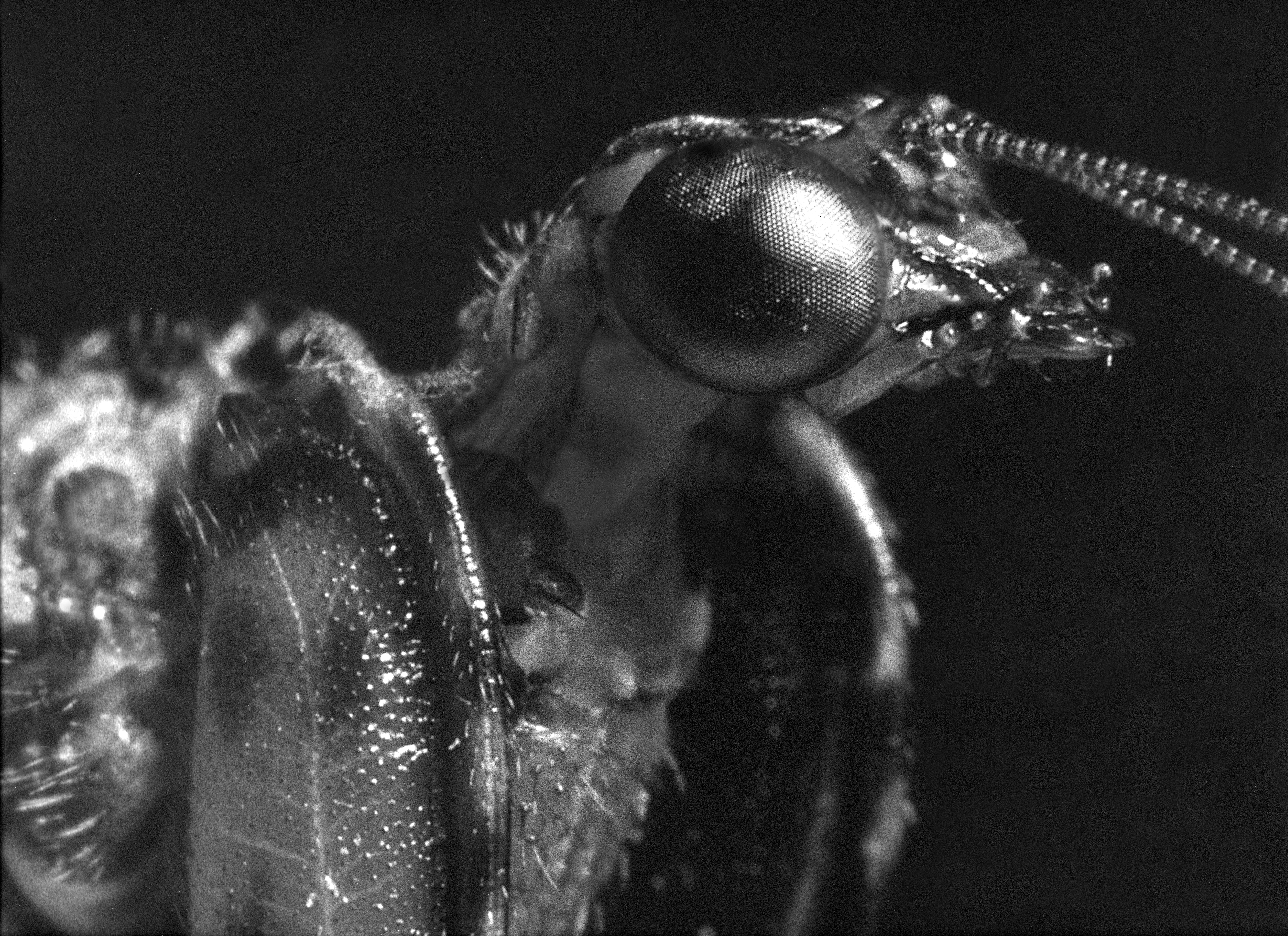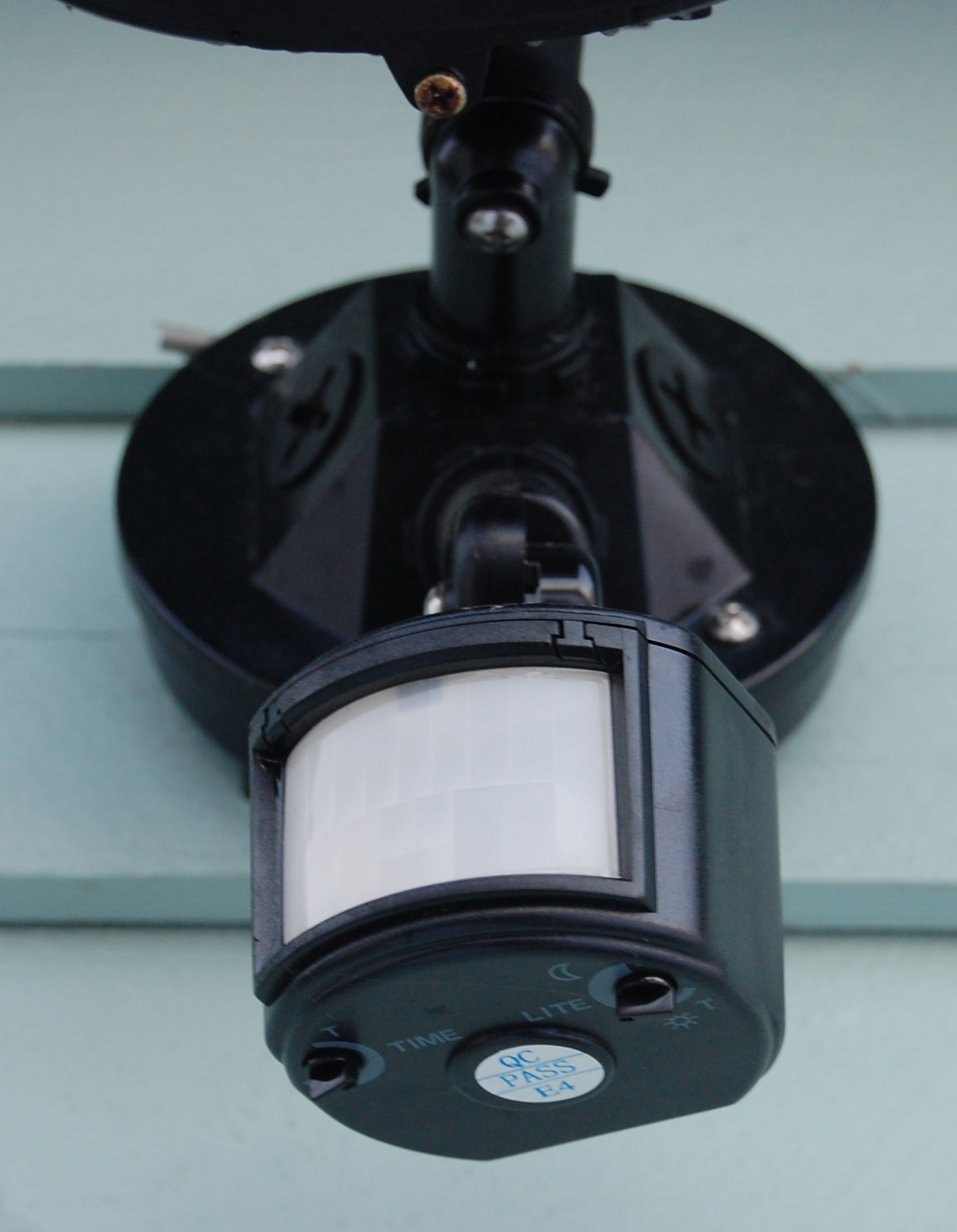|
Optic Lobe (arthropods)
The optic(al) lobe of arthropods is a structure of the protocerebrum that sits behind the arthropod eye (mostly compound eyes) and is responsible for the processing of the visual information. It is made up of three layers: ;Lamina (neuropil), Lamina (ganglionaris): responsible for contrast enhancement through lateral inhibition ;Medulla: processes movement and shows movement direction sensitivity. Possesses local motion detectors ;Lobula: integrates information from large areas of the visual field to abstract visual information and object recognition :;Lobula plate: wide-field motion vision References {{insect-stub Arthropod anatomy Animal nervous system ... [...More Info...] [...Related Items...] OR: [Wikipedia] [Google] [Baidu] |
Arthropod
Arthropods ( ) are invertebrates in the phylum Arthropoda. They possess an arthropod exoskeleton, exoskeleton with a cuticle made of chitin, often Mineralization (biology), mineralised with calcium carbonate, a body with differentiated (Metamerism (biology), metameric) Segmentation (biology), segments, and paired jointed appendages. In order to keep growing, they must go through stages of moulting, a process by which they shed their exoskeleton to reveal a new one. They form an extremely diverse group of up to ten million species. Haemolymph is the analogue of blood for most arthropods. An arthropod has an open circulatory system, with a body cavity called a haemocoel through which haemolymph circulates to the interior Organ (anatomy), organs. Like their exteriors, the internal organs of arthropods are generally built of repeated segments. They have ladder-like nervous systems, with paired Anatomical terms of location#Dorsal and ventral, ventral Ventral nerve cord, nerve cord ... [...More Info...] [...Related Items...] OR: [Wikipedia] [Google] [Baidu] |
Protocerebrum
The protocerebrum is the first segment of the supraoesophageal ganglion, panarthropod brain. Recent studies suggest that it comprises two regions. Region associated with the expression of ''six3'' ''six3'' is a transcription factor that marks the anteriormost part of the developing body in a whole host of Metazoa. In the panarthropod brain, the anteriormost (rostralmost) part of the germband expresses six3. This region is described as medial, and corresponds to the annelid prostomium. In arthropods, it contains the ''pars intercerebralis'' and ''pars lateralis''. ''six3'' is associated with the euarthropod labrum and the onychophoran frontal appendages (antennae). Region associated with the expression of ''orthodenticle'' The other region expresses homologues of orthodenticle, ''Otx'' or ''otd''. This region is more caudal and lateral, and bears the eyes. Orthodenticle is associated with the protocerebral bridge, part of the central complex, traditionally a marker of ... [...More Info...] [...Related Items...] OR: [Wikipedia] [Google] [Baidu] |
Arthropod Eye
Eye#Apposition eyes, Apposition eyes are the most common form of eye, and are presumably the ancestral form of compound eye. They are found in all arthropod groups, although they may have evolved more than once within this phylum. Some annelids and bivalves also have apposition eyes. They are also possessed by ''Limulus'', the horseshoe crab, and there are suggestions that other chelicerates developed their simple eyes by reduction from a compound starting point. Some caterpillars appear to have evolved compound eyes from simple eyes in the opposite fashion. The arthropods ancestrally possessed Eye#Compound eyes, compound eyes, but the type and origin of this eye varies between groups, and some taxa have secondarily developed simple eyes. The organ's development through the lineage can be estimated by comparing groups that branched early, such as the Onychophora, velvet worm and horseshoe crab to the advanced eye condition found in insects and other Synapomorphy, derived arthr ... [...More Info...] [...Related Items...] OR: [Wikipedia] [Google] [Baidu] |
Compound Eye
A compound eye is a Eye, visual organ found in arthropods such as insects and crustaceans. It may consist of thousands of ommatidium, ommatidia, which are tiny independent photoreception units that consist of a cornea, lens (anatomy), lens, and photoreceptor cells which distinguish brightness and color. The image perceived by this arthropod eye is a combination of inputs from the numerous ommatidia, which are oriented to point in slightly different directions. Compared with single-aperture eyes, compound eyes have poor image resolution; however, they possess a very large view angle and the ability to detect fast movement and, in some cases, the Polarization (waves), polarization of light. Because a compound eye is made up of a collection of ommatidia, each with its own lens, light will enter each ommatidium instead of using a single entrance point. The individual light receptors behind each lens are then turned on and off due to a series of changes in the light intensity during mov ... [...More Info...] [...Related Items...] OR: [Wikipedia] [Google] [Baidu] |
Lamina (neuropil)
The lamina is the most peripheral neuropil of the insect visual system. There are twelve distinct neuron classes in the lamina: the lamina monopolar cells L1-L5, two GABA GABA (gamma-aminobutyric acid, γ-aminobutyric acid) is the chief inhibitory neurotransmitter in the developmentally mature mammalian central nervous system. Its principal role is reducing neuronal excitability throughout the nervous system. GA ...ergic feedback neurons (C2 and C3), two wide-field feedback neurons (Lawf1 and Lawf2), lamina intrinsic amacrine neurons (Lai) and the T1 basket cell. The outer photoreceptors, R1-R6, terminate in the lamina, where they form tetrad synapses with L1, L2, L3, and Lai. The lamina was the first portion of the nervous system of Drosophila to be reconstructed, thus starting the field of Drosophila connectomics. However the methods used were largely manual and further progress awaited more automated techniques. References Insect anatomy Visual perception ... [...More Info...] [...Related Items...] OR: [Wikipedia] [Google] [Baidu] |
Lateral Inhibition
In neurobiology, lateral inhibition is the capacity of an excited neuron to reduce the activity of its neighbors. Lateral inhibition disables the spreading of action potentials An action potential (also known as a nerve impulse or "spike" when in a neuron) is a series of quick changes in voltage across a cell membrane. An action potential occurs when the membrane potential of a specific cell rapidly rises and falls. ... from excited neurons to neighboring neurons in the lateral direction. This creates a contrast in stimulation that allows increased sensory perception. It is also referred to as lateral antagonism and occurs primarily in visual processes, but also in Touch, tactile, Auditory system, auditory, and even olfactory processing. Cells that utilize lateral inhibition appear primarily in the cerebral cortex and thalamus and make up lateral inhibitory networks (LINs). Artificial lateral inhibition has been incorporated into artificial sensory systems, such as vision c ... [...More Info...] [...Related Items...] OR: [Wikipedia] [Google] [Baidu] |
Motion Detector
A motion detector is an electrical device that utilizes a sensor to detect nearby motion (motion detection). Such a device is often integrated as a Electronic component, component of a system that automatically performs a task or Security alarm, alerts a user of motion in an area. They form a vital component of security, Lighting control system, automated lighting control, home control, efficient energy use, energy efficiency, and other useful systems. It can be achieved by either Mechanical system, mechanical or Electronics, electronic methods. When it is done by natural organisms, it is called motion perception. Overview An ''active'' electronic motion detector contains an optical, microwave, or acoustic sensor, as well as a transmitter. However, a ''passive'' contains only a sensor and only senses a signature from the moving object via emission or reflection. Changes in the optical, microwave or acoustic field in the device's proximity are interpreted by the electronics based o ... [...More Info...] [...Related Items...] OR: [Wikipedia] [Google] [Baidu] |
Visual Field
The visual field is "that portion of space in which objects are visible at the same moment during steady fixation of the gaze in one direction"; in ophthalmology and neurology the emphasis is mostly on the structure inside the visual field and it is then considered “the field of functional capacity obtained and recorded by means of perimetry”.Strasburger, Hans; Pöppel, Ernst (2002). Visual Field. In G. Adelman & B.H. Smith (Eds): ''Encyclopedia of Neuroscience''; 3rd edition, on CD-ROM. Elsevier Science B.V., Amsterdam, New York. However, the visual field can also be understood as a predominantly ''perceptual'' concept and its definition then becomes that of the "spatial array of visual sensations available to observation in introspectionist psychological experiments" (for example in van Doorn et al., 2013). The corresponding concept for optical instruments and image sensors is the field of view (FOV). In humans and animals, the FOV refers to the area visible when eye mov ... [...More Info...] [...Related Items...] OR: [Wikipedia] [Google] [Baidu] |
Object Recognition
Object recognition – technology in the field of computer vision for finding and identifying objects in an image or video sequence. Humans recognize a multitude of objects in images with little effort, despite the fact that the image of the objects may vary somewhat in different view points, in many different sizes and scales or even when they are translated or rotated. Objects can even be recognized when they are partially obstructed from view. This task is still a challenge for computer vision systems. Many approaches to the task have been implemented over multiple decades. Approaches based on CAD-like object models * Edge detection * Primal sketch * Marr, Mohan and Nevatia * Lowe * Olivier Faugeras Recognition by parts * Generalized cylinders ( Thomas Binford) * Geons ( Irving Biederman) * Dickinson, Forsyth and Ponce Appearance-based methods * Use example images (called templates or exemplars) of the objects to perform recognition * Objects look differe ... [...More Info...] [...Related Items...] OR: [Wikipedia] [Google] [Baidu] |
Arthropod Anatomy
Arthropods ( ) are invertebrates in the phylum Arthropoda. They possess an exoskeleton with a cuticle made of chitin, often mineralised with calcium carbonate, a body with differentiated ( metameric) segments, and paired jointed appendages. In order to keep growing, they must go through stages of moulting, a process by which they shed their exoskeleton to reveal a new one. They form an extremely diverse group of up to ten million species. Haemolymph is the analogue of blood for most arthropods. An arthropod has an open circulatory system, with a body cavity called a haemocoel through which haemolymph circulates to the interior organs. Like their exteriors, the internal organs of arthropods are generally built of repeated segments. They have ladder-like nervous systems, with paired ventral nerve cords running through all segments and forming paired ganglia in each segment. Their heads are formed by fusion of varying numbers of segments, and their brains are formed by fusi ... [...More Info...] [...Related Items...] OR: [Wikipedia] [Google] [Baidu] |





